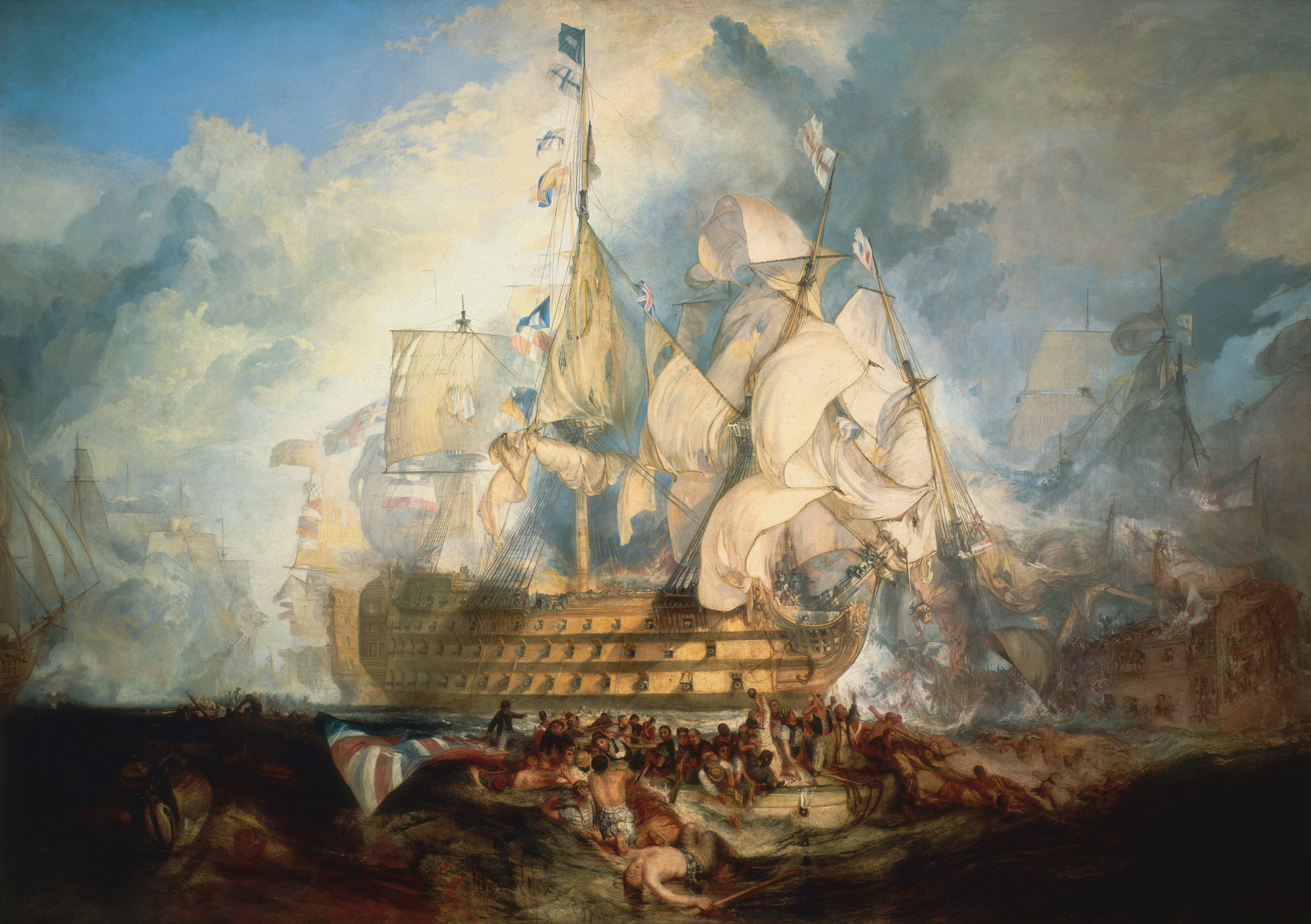When Vice-admiral Horatio Nelson sent the rallying cry “England expects that every man will do his duty” from HMS Victory ahead of the Battle of Trafalgar, he signalled his message using flags. In these days of electronic communication it might seem that such signalling methods are old hat – but flags, the phonetic alphabet and morse code still have their place in modern sailing, and anyone seeking the RYA Yachtmaster qualification will have to know at least something about them.

Each letter of the alphabet is also represented by a flag, a morse code combination, and a phonetic name. You can see all of them below.
Letters of the alphabet, with their morse code, phonetic and flag equivalents:


Some of the morse code combinations also have special meanings as sound signals. Skippers are required to know and understand these, not only if they want to gain formal qualifications, but also to ensure safe sailing, especially in fog. You can find out what these sound signals are in a separate tutorial here. When spelling out things such as the name of your vessel or your call sign during a radio call, you should use the phonetic alphabet. That’s because it is an international system, and everyone will understand. There could be problems if you try to use your own language’s name for some letters – for example “Y” sounds like “why” in English and “Eegrek” in Polish.
Some flags have their own special meanings too. Again, you will need to know some of these if you want to get a Yachtmaster certificate. Here they are:
Special meanings of individual flags:

You can download free, printable material to go with this tutorial here.
The document includes more information, as well as quizzes to test your knowledge of flags, morse code and the phonetic alphabet – whether you are studying for your Yachtmaster exam or simply want to sail safer.
